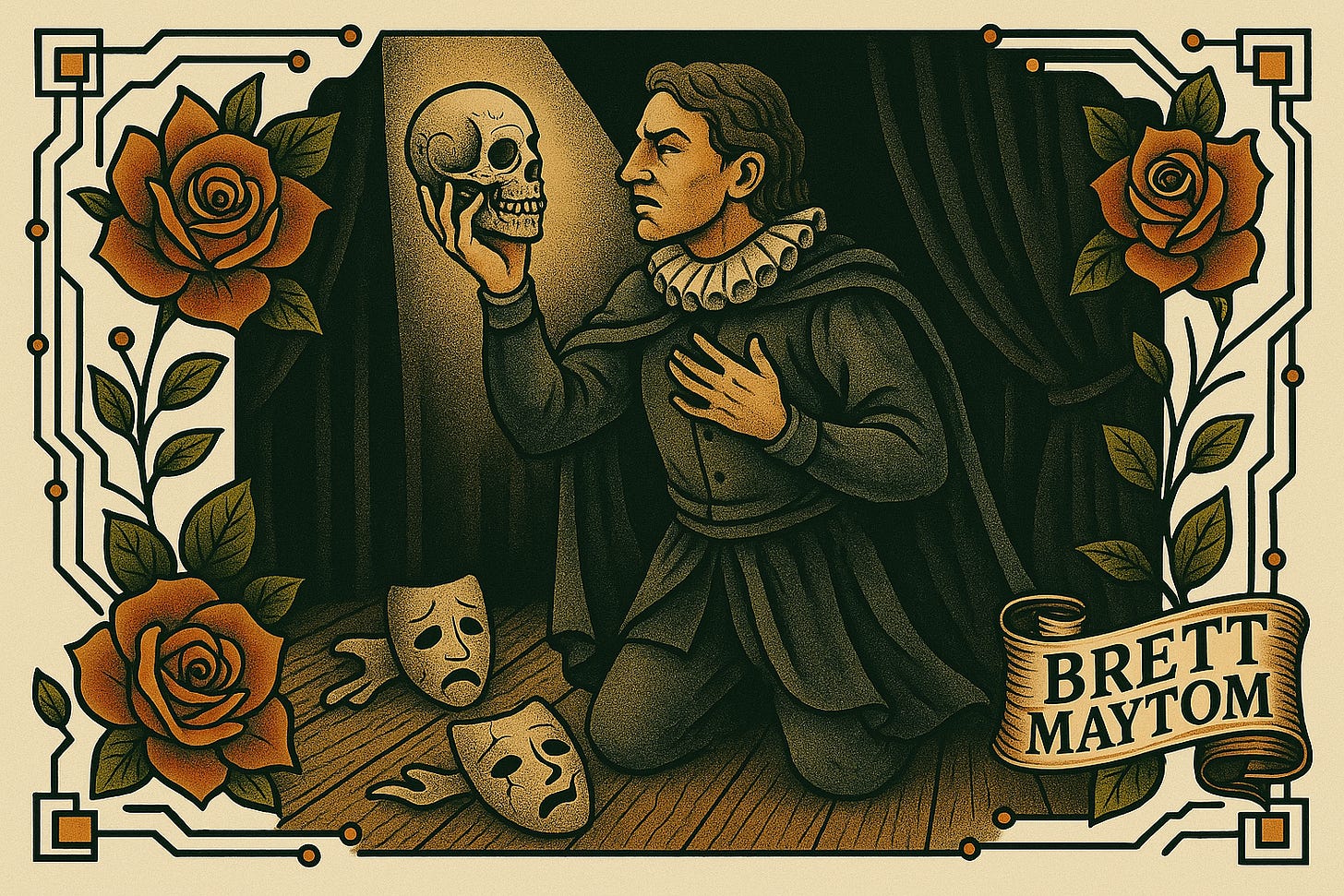Demo Theatre Kills Emergence
When you perform instead of inspect, you lose the product emergence
Let’s get this straight: not all demos are created equal.
In complex product work, the words demo or showcase get thrown around like they mean something. But most people are faking it. Some demos are just glossy presentations, dressed up to get a round of applause. Others are raw, real, and uncomfortable, and they’re the ones that actually move the product forward.
If you’re serious about building something valuable, you need to know the difference. Because confusing the two isn’t harmless, it’s dangerous.
Performative Demos Are a Dead End
We’ve all seen them. Polished. Rehearsed. Click-throughs so perfect they could be cut into a promo reel. And yet some teams record demos so people can “watch them in their own time.”
But they’re not showing the product. They’re performing the team’s effort.
It’s not about a showcase, it’s about feedback and validation. The unspoken message? “Look how busy we were. Please clap.”
And they do. Everyone thanks the team for their hard work. People nod. Then they leave. And nothing changes.
The assumptions stay untested. The risks remain hidden. The work looks “done” but nobody’s actually asked if it’s right, useful, or even needed.
In complex domains, this is a trap. It creates the illusion of progress while quietly steering you off course.
Exploratory Demos Are Where the Work Gets Better
Now contrast that with a real demo. An exploratory one.
You bring something to the table—maybe rough, maybe half-built—and you say, “Here’s where we are. Let’s inspect it together.”
You ask:
What are we learning?
Does this reflect our vision?
Is it delivering value?
What assumptions are we testing here?
Does this move us closer to validation?
You put the product under the microscope, not to defend it, but to improve it.
You’re not aiming for approval. You’re looking for real, uncomfortable feedback that lets you adapt.
This is how emergent solutions are uncovered. This is how you build through iterative and incremental progress.
Exploration Demands the Right Audience
Let’s be clear: a good demo isn’t just about the team. It’s about who’s in the room.
If your stakeholders are just there to rubber-stamp and nod, you’re screwed. You need people who will challenge assumptions, inspect value, and engage in real product thinking.
Without that, even the best-structured demo becomes a hollow ritual.
Let’s Make This Real
In one team, the demo is slick and silent. No discussion. Just a “done” stamp and a move to the next ticket.
In another, the team shows a broken journey. A stakeholder immediately spots a mismatch in the value proposition. That triggers a rethink. That insight reshapes the next iteration.
One of those teams is wasting everyone’s time. The other is actively testing assumptions, adapting, and getting closer to a real solution.
This Is What Practiqual Stands For
Practiqual isn’t about process theatre. It’s about deliberate, adaptive delivery in complex environments where plans can’t be locked in, and truth only emerges through iterative and incremental work.
Exploratory demos are critical. They support vision, test value, drive validation, and make feedback visible. They create space to test assumptions early before waste accumulates.
They are deliberate acts of adaptive delivery. They must be done regularly, at any time that makes sense. That’s Practiqual.
If Your Demo Ends in Applause, You’ve Missed the Point
If you want praise, go do a TED Talk.
If you want progress, get uncomfortable.
Ditch the theatre. Use your demo to test assumptions, challenge the work, and sharpen the product.
Because in complex work, if you’re not iterating, inspecting, and adapting, you’re not building anything that matters.

